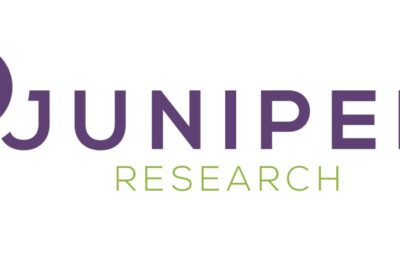The EBA publishes 2024 Report of its key achievements and activities

The European Banking Authority (EBA) today published the first part of its 2024 Annual Report presenting the main achievements and activities of the organisation in fulfilling its mandates under its Work Programme over the past year.
The year 2024 proved to be a milestone year, with the Agency delivering on over 93% of the tasks under its remit. On the regulatory front, the EBA made significant progress in the implementation of the Basel III reforms within the EU, aiming to ensure banks’ resilience in future crises and strengthen the financial system.
The EBA focused on enhancing the Single Rulebook by issuing guidelines and technical standards on key banking topics, such as credit, market and operational risk. The EBA also contributed to the European Green Deal by advancing sustainable finance integration, issuing guidelines and reports on ESG risks, greenwashing, and scenario analysis, reflecting its commitment to embedding environmental and social considerations into prudential frameworks.
In 2024, the EBA focused on monitoring financial stability amidst high interest rates, slow growth, and geopolitical uncertainty, with a particular emphasis on the impact on the banking sector. These assessments are included in two issues of its Risk Assessment Report, one published in spring and the other one autumn. The latter was accompanied by the publication of the results of the EU-wide transparency exercise.
The Markets in Crypto-Assets Regulation (MiCA) came into force in 2023, with full application starting in 2024. In 2024, the EBA delivered 20 technical standards and guidelines to enhance consumer protection, governance and prudential resilience for crypto-asset markets. The EBA also developed a framework for supervising significant asset-referenced tokens (ARTs) and electronic money tokens (EMTs), including tools for information exchange and templates for supervisory procedures. The Crypto-Assets Standing Committee (CASC) replaced the temporary Crypto Supervision Coordination Group (CSCG) to help with knowledge-sharing and supervisory convergence.
In addition, the EBA issued statements to remind issuers and consumers of the new MiCA requirements, highlighting key topics for supervisory attention and reinforcing the regulatory framework’s consistent application across the EU. The EBA also completed preparatory actions for its other MiCA responsibilities, including providing non-binding opinions on crypto-asset classifications and exercising temporary intervention powers.
In 2024, the EBA strengthened its focus on innovation, consumer protection and the transition to a new anti-money laundering and countering the financing of terrorism (AML/CFT) framework. The EBA monitored emerging financial technologies, including decentralised finance, artificial intelligence (AI)/machine learning applications and crypto-assets, while also assessing their associated risks, such as operational and consumer protection issues. It published reports on tokenised deposits, decentralised finance (DeFi), and the impact of AI on the banking sector, as well as providing guidance on regulatory consistency in digital finance.
Additionally, the EBA prioritised consumer protection through its monitoring of non-bank lenders and complaints handling, and took steps to ensure fair access to financial services. The EBA led efforts to standardise AML/CFT practices, tackle emerging financial crime risks, and coordinated with national authorities on implementing new regulatory measures. It also began preparations for the transition to the new EU AML/CFT framework, contributing to the creation of the new European Anti-Money Laundering Authority (AMLA), set to take over AML responsibilities by 2025.
Other achievements throughout the year included the update of the stress-testing methodology, incorporating new elements like net fee and commission income projections and market risk sensitivity.
The Authority also conducted a one-off climate risk stress test to assess the resilience of the financial sector under scenarios of the Fit-for-55 package, showing limited impact from transition risks but potential disruption when combined with macroeconomic factors.
___________
By end-June, the EBA will publish a consolidated version of the Annual Report that will provide a comprehensive account of the activities carried out by the EBA in the implementation of its mandate and work programme during 2024.
Part 1, published today, provides an overview of the annual key achievements, while Parts 2-5, will include comprehensive information on the implementation of the EBA’s work programme, budget, staff policy plan, its management and internal control systems.
2024 Annual Report – Part 1 (1.97 MB – PDF) Download
Dariusz Mazurkiewicz – CEO at BLIK Polish Payment Standard
Banking 4.0 – „how was the experience for you”
„To be honest I think that Sinaia, your conference, is much better then Davos.”
Many more interesting quotes in the video below:










